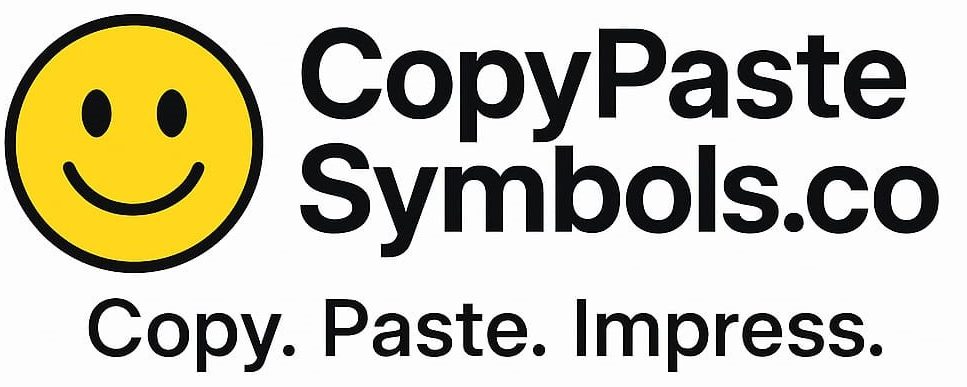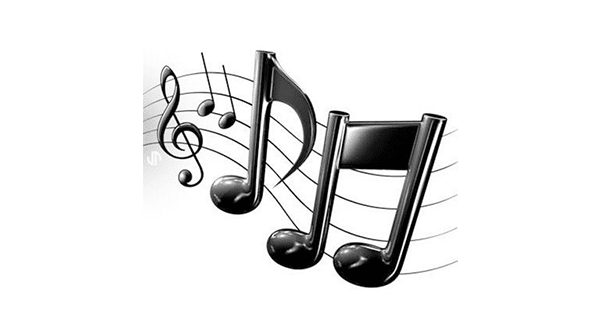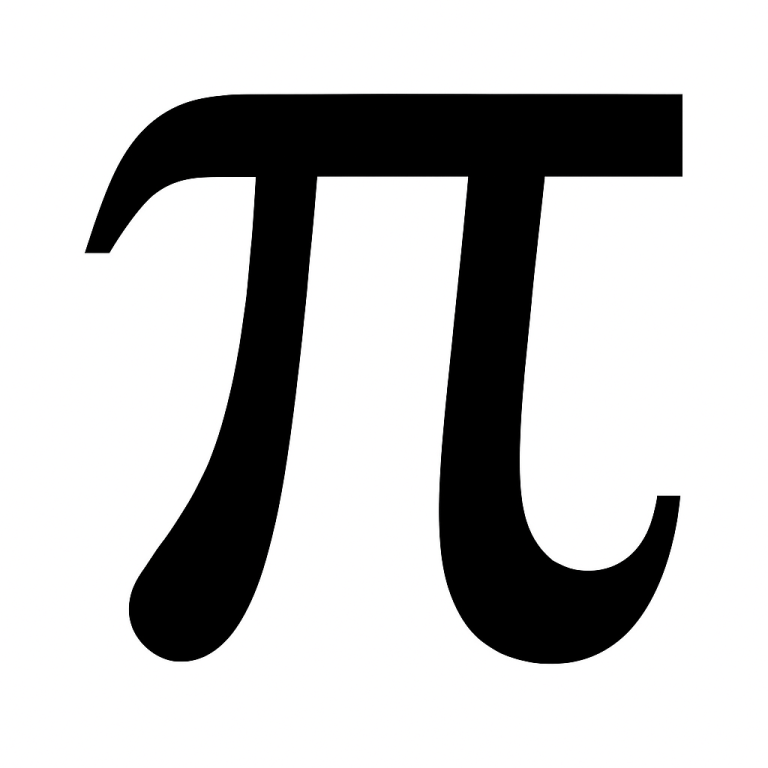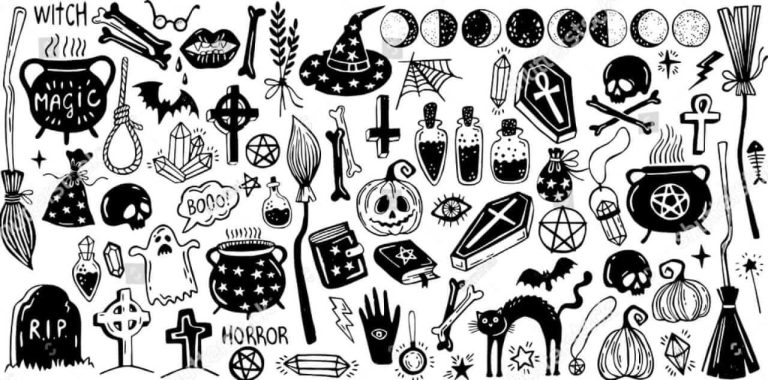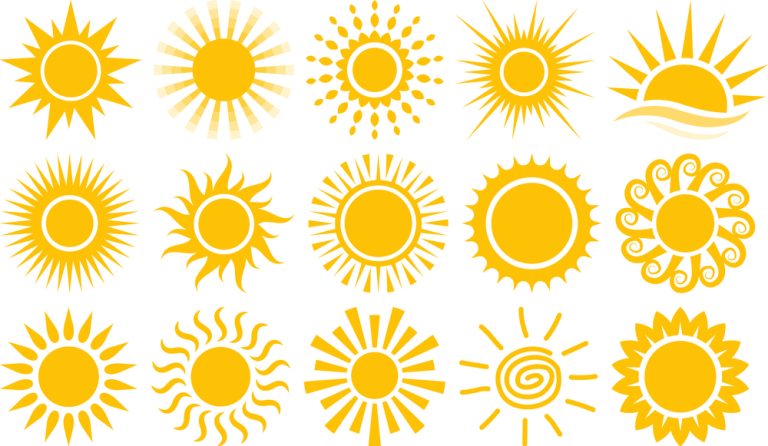Unlock the Mystical Power of Norse Pagan Symbols (ᛟ ᚠ ᚨ)
Step into the world of ancient runes, Viking emblems, and sacred Nordic signs with our ultimate Norse Pagan Symbols Copy and Paste guide. Whether you’re drawn to the mysticism of the Elder Futhark (ᚠᚢᚦᚨᚱᚲ) or seeking spiritual symbols that echo Norse mythology and Viking heritage, this page offers a treasure trove of copyable Nordic runes, symbols, and meanings—ready for your bio, tattoo, blog, or ritual use.
From Odin’s Valknut (ᛝ) and Thor’s hammer (⚒) to protective bind runes and elemental sigils, these symbols have stood the test of time. Now, you can copy and paste Norse symbols with ease—no need to memorize Unicode codes or search endlessly.
Embrace the power of the old gods. Copy your favorite symbols. Mark your digital presence with mythic meaning.
Norse Pagan Symbols Copy and Paste
From the legendary Mjölnir (⚒) of Thor to the mysterious Valknut (ᛝ) tied to Odin and warriors of Valhalla, Norse symbols have transcended time. Today, they’re embraced across cultures for their spiritual energy, aesthetic beauty, and mythological depth. You’ll see them in tattoos, jewelry, home decor, digital bios, and modern pagan rituals.
This guide is your go-to resource for copying and pasting Norse Pagan symbols easily—no complicated codes, no confusion. Just clean design, meaningful interpretation, and clear usage ideas. Whether you’re here to express your identity, connect with your roots, or simply explore Nordic heritage, you’re in the right place.
What Are Norse Pagan Symbols?
Norse Pagan symbols are powerful visual icons that originate from Norse mythology, Viking culture, and the runic alphabet known as the Elder Futhark. These symbols were more than artistic decorations—they were believed to carry energy, spiritual meaning, and divine protection. Used by ancient Norse people in rituals, carvings, and runestones, each symbol served as a bridge between the human and spiritual realms.
At the heart of these symbols lies the mythology of Odin, the all-father god of wisdom and war; Thor, the thunder-wielding protector of mankind; Freyja, goddess of love, fertility, and battle; and many others. Their stories and powers are encoded into symbols like Valknut (ᛝ) for warriors and the afterlife, Mjölnir (⚒) for strength and protection, and Yggdrasil (🌳)—the cosmic world tree connecting all realms.
Nature was sacred to the Norse, and many symbols reflect elements like fire, ice, water, and wind. Runes themselves (ᚠᚢᚦᚨᚱᚲ) were believed to be magical letters—used not only for communication but also for divination, spellwork, and ritual inscriptions on weapons, jewelry, and stones.
These ancient signs weren’t just decorative; they were spiritually functional—offering blessings, protection, guidance, and connection to the gods. Today, they continue to resonate with people seeking symbolism with depth, power, and mythic roots.
Top Norse Symbols and Their Meanings
Explore these powerful Norse Pagan symbols—each rich with mythology, meaning, and mystical energy.
| Symbol | Name | Meaning |
|---|---|---|
| ᛟ | Othala | Heritage, inheritance, ancestral connection |
| ᚠ | Fehu | Wealth, prosperity, success |
| ᚨ | Ansuz | Wisdom, divine communication (linked to Odin) |
| ⚒ | Thor’s Hammer (Mjölnir) | Protection, strength, thunder god’s power |
| ᛝ | Valknut | Honor, sacrifice, fallen warriors of Odin |
| ᚾ | Nauthiz | Survival, constraint, overcoming hardship |
Categories of Norse Pagan Symbols
Norse Pagan symbols fall into several meaningful categories, each reflecting a different aspect of Viking belief, magic, and mythology. Understanding these categories helps you choose symbols with intent—whether for spiritual use, cultural expression, or aesthetic appeal.
🔹 Runes from the Elder Futhark (ᚠᚢᚦᚨᚱᚲ)
The Elder Futhark is the oldest known runic alphabet, used from the 2nd to 8th centuries. Each rune carries a phonetic sound, symbolic meaning, and mystical power. These runes weren’t just letters—they were sacred symbols believed to influence fate and unlock divine messages.
Popular runes:
-
ᚠ Fehu – Wealth, new beginnings
-
ᚨ Ansuz – Divine inspiration, Odin
-
ᚱ Raido – Journey, movement
-
ᛉ Algiz – Protection, higher self
-
ᛟ Othala – Ancestral land, spiritual heritage
🔹 Mythological Symbols
These icons are rooted in Norse cosmology and tales of gods, realms, and magical objects. They often represent universal truths and connections between the spiritual and physical world.
Examples include:
-
🌳 Yggdrasil – The World Tree connecting all nine realms
-
⛨ Gungnir – Odin’s spear, symbol of precision and authority
-
🜃 (Nordic Earth symbol) – Nature, grounding
-
⚒ Mjölnir – Thor’s hammer, symbol of divine power
🔹 Protective Bind Runes and Magical Staves
Bind runes are combinations of two or more runes fused into a single symbol to amplify power. These were used for protection, healing, fertility, and guidance. Magical staves (known as galdrastafir in Icelandic tradition) evolved later but retained deep Norse roots.
Common ones:
-
Aegishjalmur (Ægishjálmur) – Helm of Awe, used for protection and fearlessness
-
Vegvisir – “Runic compass” to guide the bearer through rough weather and life paths
-
Love or protection bind runes – Custom combinations with unique meanings
🔹 God-Specific Symbols
Each Norse deity had their own sacred items or runes tied to their power. These symbols are used to invoke the presence, blessings, or traits of that specific god or goddess.
-
Odin: Valknut (ᛝ), Gungnir (⛨), Ansuz Rune (ᚨ)
-
Thor: Mjölnir (⚒), Storm-related bind runes
-
Freyja: Brísingamen necklace, symbols of love, cats, and fertility
-
Loki: Serpent or fire imagery, chaos runes (controversial and complex in modern use)
These categories give depth to your symbol selection. Whether you’re aligning with a god, marking a spiritual journey, or adding ancient magic to modern design, understanding the context adds power to your use.
Uses of Norse Symbols in Modern Times
Norse Pagan symbols have found a powerful place in the modern world, far beyond their ancient Viking roots. Today, these symbols are used across spiritual, cultural, artistic, and digital spaces—honoring the past while inspiring new meaning in the present.
🔹 Spiritual & Ritual Use in Pagan and Heathen Communities
Modern Norse Pagans, Heathens, and Ásatrú practitioners use runes and symbols in rituals, meditations, and seasonal celebrations like Yule and Midsummer. Symbols such as ᚨ (Ansuz) or ᛉ (Algiz) may be used for blessings, protection, divination, or calling upon the gods. Sacred objects are often engraved with runes to invoke specific energies during ceremonies or spellwork.
🔹 Tattoos, Jewelry, Clothing & Home Decor
Norse symbols have become deeply embedded in tattoo culture, representing personal strength, spiritual identity, or ancestral connection. Symbols like Mjölnir (⚒), Vegvisir, or Valknut (ᛝ) are popular designs. Jewelry such as rune-inscribed pendants, Thor’s hammers, and bracelets with bind runes serve as both fashion statements and spiritual amulets.
In home decor, symbols like Yggdrasil (🌳) and bind runes are often used in wall art, altar designs, or carvings to create protective or sacred space.
🔹 Social Media Bios, Usernames & Gaming Tags
Norse symbols are widely used in Instagram bios, TikTok usernames, Discord servers, and gaming profiles to convey identity, strength, or mysticism. Using symbols like ᛟ, ᚠ, or ⚒ gives your profile a unique and aesthetic touch—often representing values like honor, resilience, or heritage.
🔹 Academic & Historical Interest
Historians, linguists, and mythology enthusiasts study Norse symbols to decode ancient runestones, understand Viking culture, or trace European spiritual traditions. The Elder Futhark is a major topic in Old Norse literature and archaeology, making these symbols valuable tools in educational contexts as well.
Whether you’re using Norse symbols for personal empowerment, spiritual devotion, or simply stylish design, they remain timeless tools for storytelling, identity, and connection to the mythic past.
How to Copy and Paste Norse Symbols Easily
Using Norse Pagan symbols is now easier than ever—no need to memorize complicated Unicode codes or search for obscure fonts. With modern devices and platforms, you can simply copy and paste runes, Viking symbols, and Nordic icons into your digital spaces with a click or tap.
🔹 Step-by-Step Guide to Copy Symbols
-
Find your favorite symbol in our copy-ready tables above.
-
Click or highlight the symbol, such as ᛟ, ⚒, or 🌳.
-
Copy it by right-clicking and selecting “Copy,” or press Ctrl+C (Windows) / Cmd+C (Mac).
-
Paste it wherever you like—Instagram bio, text message, caption, username, tattoo reference, or document—by pressing Ctrl+V / Cmd+V.
💡 For mobile users: Tap and hold the symbol, then tap “Copy.” Open your app and tap again to “Paste.”
🔹 Unicode vs Text Symbols: What’s the Difference?
Some symbols like ᚠ, ᛝ, and ᚨ are part of the Unicode runic block, which is supported on most modern browsers and operating systems. Others like ⚒ (Thor’s Hammer) or 🌳 (Yggdrasil) are emoji-style or pictographic symbols.
-
Unicode runes are ideal for historical accuracy and scholarly use.
-
Emoji-style symbols are better for casual and creative uses like bios and social posts.
🔹 Supported Platforms and Devices
Most Norse symbols work on:
-
Windows & Mac (in browsers and documents like Word or Notion)
-
iOS & Android (in messages, Instagram, WhatsApp, TikTok, etc.)
-
Social media, games & forums (like Discord, Reddit, Steam)
Note: Very old browsers or legacy fonts may not display runes properly. Use updated apps for full support.
Whether you’re customizing your username, creating a sacred altar post, or designing runic artwork, copying and pasting Norse symbols is just a tap away.
Unicode and HTML Codes for Norse Pagan Symbols
| Symbol | Name | Unicode | HTML Code (Decimal) | HTML Code (Hex) |
|---|---|---|---|---|
| ᚠ | Fehu | U+16A0 | ᚠ |
ᚠ |
| ᚢ | Uruz | U+16A2 | ᚢ |
ᚢ |
| ᚦ | Thurisaz | U+16A6 | ᚦ |
ᚦ |
| ᚨ | Ansuz | U+16A8 | ᚨ |
ᚨ |
| ᚱ | Raido | U+16B1 | ᚱ |
ᚱ |
| ᛟ | Othala | U+16DF | ᛟ |
ᛟ |
| ᛝ | Valknut (Ingwaz variant) | U+16DD | ᛝ |
ᛝ |
| ᚾ | Nauthiz | U+16BE | ᚾ |
ᚾ |
| ⚒ | Mjölnir (Hammer) | U+2692 | ⚒ |
⚒ |
| ⛨ | Gungnir (Spear) | U+26E8 | ⛨ |
⛨ |
| 🌳 | Yggdrasil (Tree emoji) | U+1F333 | 🌳 |
🌳 |
| ⏃ | Vegvisir (Compass-like alt) | U+23C3 | ⏃ |
⏃ |
| 🜃 | Earth Symbol (Alchemical) | U+1F703 | 😃 |
🜃 |
💡 Usage Tip: Place the HTML code directly into your website or blog’s source code to display the symbol. Unicode can also be used in programming or styling content in CSS with \16A0 or similar escape sequences.
Related Symbols You Might Like
If you’re fascinated by Norse Pagan symbols, you’ll likely enjoy exploring other powerful symbol systems with deep cultural, mystical, and aesthetic roots. Here are some related symbols to spark your curiosity:
🌀 Celtic Symbols
Discover ancient Celtic knots, triskelions, and sacred spirals. These symbols represent eternity, nature, and the interconnectedness of life.
⚔️ Viking Symbols
Beyond runes, the Viking world is full of battle flags, axes, ship carvings, and unique iconography tied to seafaring, war, and Nordic bravery.
ᚠ Germanic Runes
Explore runes from the Anglo-Saxon Futhorc and Younger Futhark. These evolved from Elder Futhark and were used across early Germanic tribes.
🔮 Witch Symbols
Uncover the world of sigils, alchemical glyphs, moon phases, and pentagrams. Many modern witches blend Norse and pagan symbols in spellwork and ritual.
🕯 Gothic & Occult Symbols
Dive into the dark aesthetic of gothic and occult symbolism—ranging from crosses, ravens, and hourglasses to esoteric alchemical signs and spirit seals.
✨ Bonus Tip: Many of these symbols are also available in copy-and-paste format. Check out our other symbol guides for more mystical and meaningful icons.
FAQs ❓
What do Norse symbols mean?
Norse symbols are visual representations of concepts, energies, or deities from Norse mythology. They can symbolize protection, strength, fertility, wisdom, or divine connection. For example, Mjölnir (⚒) symbolizes Thor’s power, while Algiz (ᛉ) represents protection.
❓ Can I use Norse runes if I’m not Norse or Pagan?
Yes, Norse symbols can be respectfully used by anyone interested in mythology, history, spirituality, or symbolism. Many people use them for tattoos, jewelry, and spiritual work regardless of ancestry—as long as the intent is respectful, not exploitative.
❓ Are Norse runes magical?
In Norse tradition, runes were believed to hold magical power. They were used in rituals, carvings, and spells for protection, healing, or divination. Today, many practitioners still use them for spiritual purposes, including rune readings, meditations, and ritual tools.
❓ Can I copy and paste Norse symbols on my phone or computer?
Absolutely. Most Norse runes and symbols are part of the Unicode character set, meaning you can copy and paste them into bios, texts, documents, and apps across iOS, Android, Windows, and macOS.
❓ What’s the difference between runes and symbols like Valknut or Mjölnir?
Runes are characters from the ancient Norse writing system (Elder Futhark), each with sound and meaning. Symbols like Valknut (ᛝ) and Mjölnir (⚒) are standalone icons from Norse myth or ritual use that often carry deep spiritual or cultural significance.
❓ Is the Valknut symbol evil or offensive?
No, the Valknut is not inherently evil. It represents Odin’s warriors, death, and spiritual transformation. However, like some ancient symbols, it has been misused by hate groups in modern times—so context and intent matter when using or wearing it.
❓ Can I use these symbols in logos, art, or tattoos?
Yes, Norse symbols are often used in logos, tattoo designs, and personal artwork. Just be mindful of the symbol’s origin and meaning—especially if it’s sacred or associated with a specific god or ritual.
Conclusion
Norse Pagan symbols continue to captivate and inspire across cultures and generations. From the ancient runes of the Elder Futhark to powerful mythological icons like Mjölnir (⚒) and Valknut (ᛝ), these symbols carry timeless meanings of strength, wisdom, protection, and spiritual depth.
With this guide, you’ve got everything you need to copy and paste Norse symbols easily, understand their rich heritage, and use them with intention—whether in rituals, designs, bios, or personal expression.
🔖 Bookmark this page, copy your favorites, and share the magic of Norse symbolism with others who value ancient wisdom and mythic power.
